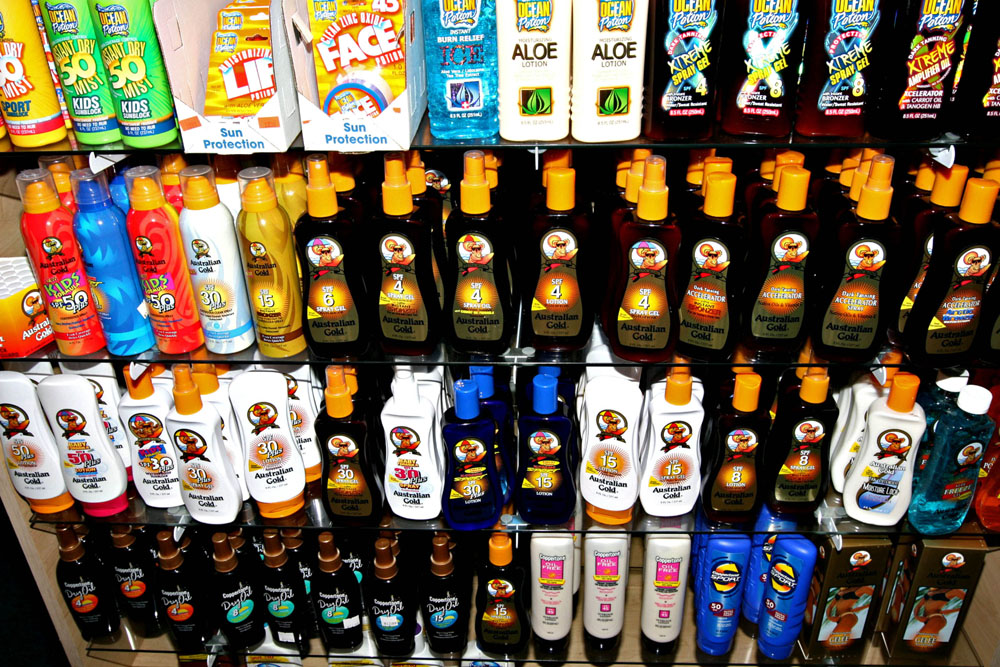Remember that bottle of waterproof sunblock you bought last year? It lied — lotion can't be waterproof or totally block out harmful rays. Thanks to new sunscreen-labeling rules from the U.S. Food and Drug Administration that recently came into effect, misleading terminology has been wiped away to help consumers understand what exactly it is they're buying.
"We don't want to give users a false sense of security that they can stay in the sun for longer," says Shelby Moneer, education program manager for the Melanoma Research Foundation, which advocated for the changes. Products these days can boast being water-resistant, but now they have to clarify how long that protection lasts (either 40 or 80 minutes) to make it easier to remember when to slather more on.
The goal is to clear up any confusion, Moneer says, because although most people have got the message that they need sunscreen, "they're not using enough and they're not applying enough." She recommends a shot glass' worth of sunscreen every two hours — and only using products that are Broad Spectrum (protecting against both UVA and UVB rays) and SPF 30 or higher.



